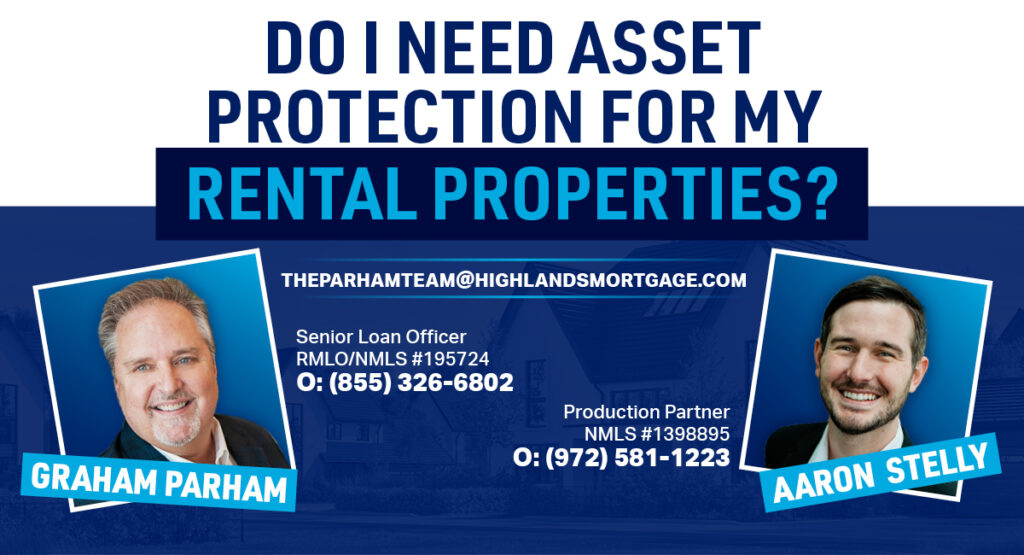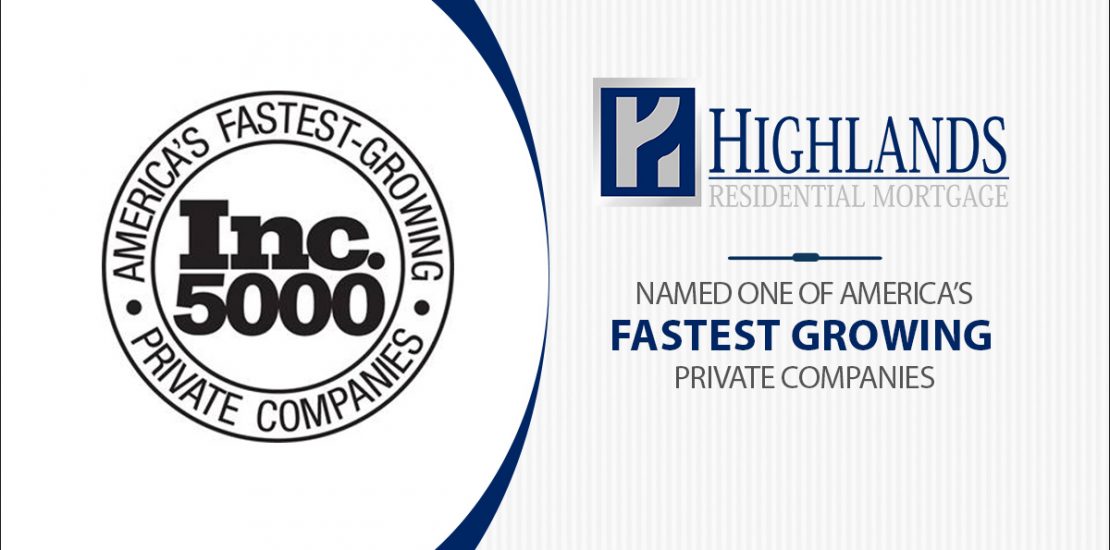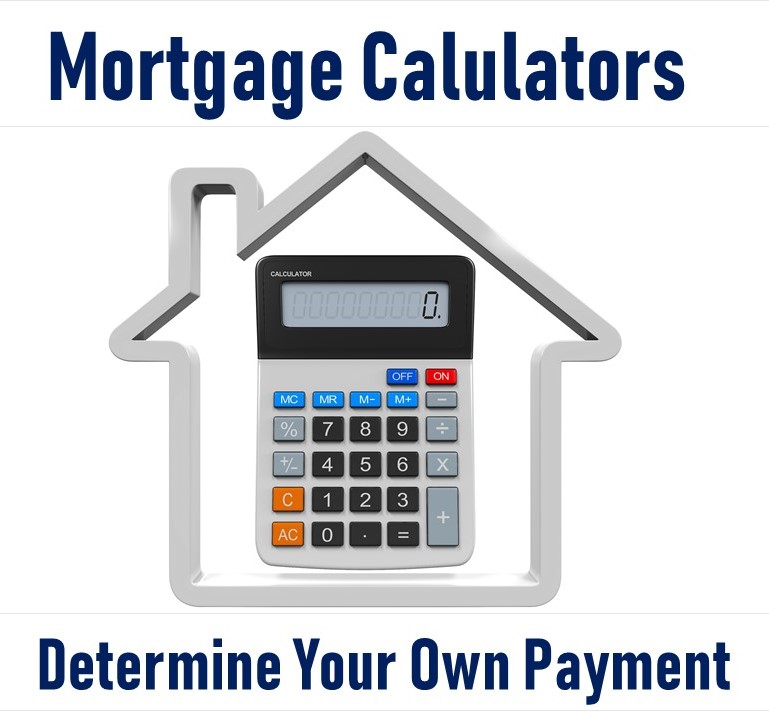BRRRR strategy can provide passive income and a revolving method for purchasing and owning rental property. The method works through the following steps: Buy a property: The property you purchase should be a distressed property that needs some work to get […]
read more
Mortgage 101
Do I Need Asset Protection for My Rental Properties?
What Is Real Estate Asset Protection? Asset protection in real estate is exactly what you’d expect: it protects you and your investments incase any unfortunate situations arise. The last thing any investor wants after spending his or her hard earned money […]
read more
read more
Questions to Ask Before Hiring a Property Manager
Are you thinking of hiring a property management company? Then you need to ask the right kind of questions. With the right questions, you stand a high chance of selecting an efficient, effective and reputable property management company. Here are […]
read more
read more
5 Things You Should Know Before Investing in a Turnkey Property
What is Turnkey Investing? At its core, turnkey real estate investing is where you buy already rehabbed, tenant-filled, managed properties that are producing positive cash flow. A lot of the extra work that goes into real estate investing is cut […]
read more
read more
Fannie Mae Reserve Requirements for Investors with Multiple Properties Owned
What Are Reserves? Reserves are liquid or near liquid assets that are available to a borrower after the mortgage closes. On every loan transaction, reserves are required to be verified as part of the approval process. Acceptable sources or reserves […]
read more
read more
Inc. magazine has named Highlands Residential Mortgage, a home purchase and refinance company, to its Inc. 5000 list. In its 36th year, Inc. 5000 is known for being the most prestigious ranking of the nation’s fastest-growing private companies. “We have come […]
read more
read more
How Many Loans Will the Fannie Mae and Freddie Mac Lend to Investors?
In 2009, Fannie Mae and Freddie Mac rolled back the mortgage rule that prevented real estate investors from financing more than 4 properties per borrower. At the time, investors were limited to 4 properties financed, which included their primary residence. […]
read more
read more













